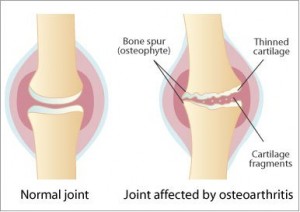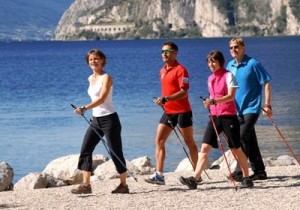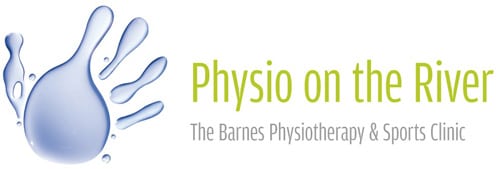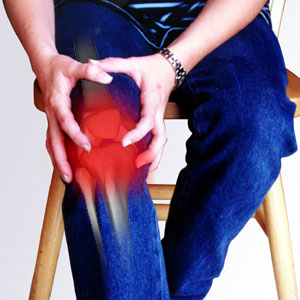How to cope with Osteoarthritis
Did you know that last week was both national ‘Walk to Work Week’ and ‘Arthritis Week’? As Physiotherapists we treat lots of people suffering from arthritis in their joints. A common question they ask us is ‘What form of exercise is safe for me to do?’
Walking and swimming are excellent forms of exercise because we know they are good for the heart but gentle on the cartilage of your joints. Osteoarthritis (OA) is the most common form of arthritis and affects men and women equally. It occurs when cartilage (the tough elastic material that covers and protects the ends of bones) begins to wear. Cartilage is an essential part of the joint; not only does it act as a shock absorber, it also enables the joint to move smoothly. With OA, the cartilage erodes, eventually resulting in pain, stiffness, swelling, muscle weakness and in extreme cases bone-on-bone movement in the affected joint.

image sourced from www.viciouscycleblog.com
Although there is no cure for OA there is much that a person can do to take control of their disease and manage their condition. Physiotherapists can help you minimise your symptoms and delay or even avoid severe damage to your joints. Whilst your doctor can help with appropriate medication, your Physio can help reduce the pain and stiffness in the joints, strengthen weak muscles and give you advice on how to stay active but protect your joints.
Sometimes surgery is necessary and your Physio will be vital in getting you strong and flexible again afterwards and back to the activities you enjoy. Foot posture can sometimes contribute to problems with the knees and hips: orthotics for your shoes made by a Podiatrist can help alignment of the leg.
Exercise forms an important part of the management of OA. Arthritic joints like a little of everything and not too much of any one thing! So keeping gently active during the day – a little but often – is what the joints like. Too much sitting around leads to stiffness on getting up and being on your feet too long may make your lower limb joints painful and swollen. Getting and keeping the muscles that surround your arthritic joint strong helps to offload the joint from too much strain. Regular exercise will also help with weight management and keeping your weight under control will place less stress and strain on the joints and alleviate your symptoms. Acupuncture (given by our Physios) can help with pain relief.

Image sourced from www.visitgarda.com
As a sufferer of arthritis myself, I find using Nordic Walking Poles of great help. They allow me to walk without a limp and they give me more of a workout. They also help me increase my walking distance.
Many people, when diagnosed with arthritis, think there is nothing that can be done to help. This simply isn’t true and I would urge sufferers to have an assessment with a Chartered Physiotherapist who will examine every aspect of the problem come up with a plan of action to help.



